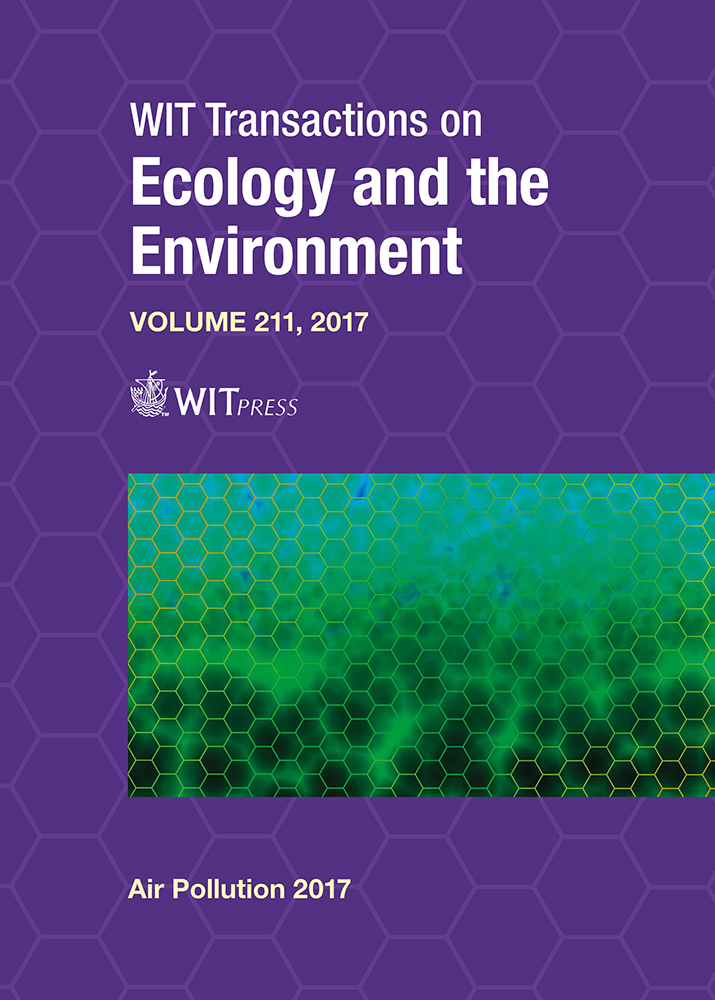MEASUREMENT AND CHARACTERIZATION OF DUSTFALL SAMPLES FROM MPUMALANGA PROVINCE, SOUTH AFRICA
Price
Free (open access)
Transaction
Volume
211
Pages
10
Page Range
111 - 120
Published
2017
Size
3,269 kb
Paper DOI
10.2495/AIR170111
Copyright
WIT Press
Author(s)
MAPHUTI G. KWATA, SHADUNG J. MOJA
Abstract
Exposure of asbestos dust comes from several sources that include mine dumps, unpaved road made of asbestos materials, blasting, crushing, grinding and milling activities, as well as spillages from trucks carrying the asbestos materials. The threat to human health is exacerbated by wind blowing over uncovered asbestos dust, making it airborne and inhaled by nearby local communities. The aim of this case study is to measure the dust-fall rates, characterize the dust and determine the metal levels in the resulting filtrate solutions within the Mpumalanga study area. The standard method for collection and analysis of dust-fall rates adopted by the American Standard Test Method (ASTM D 1739, 1970) and the South African National Dust Control Regulations (NDC R 827, 2013) was used. Filtrate solutions generated after filtering the collected falling dust were analyzed with Inductively Coupled Plasma-Mass Spectrometry (ICP-MS) to determine the levels of some trace metals. Dust samples were characterized with a Scanning Electron Microscopy–Energy Dispersive Spectrometry (SEM–EDS) to determine the morphology such as shape, size, length and width of asbestos fibers. Dust-fall rates measured from January to June 2016 were all below the residential standard limit of 600 mg/m2/day at all five sampling sites. Site E was the highest with 478 mg/m2/day measured in May 2016, possibly due to its close proximity to the asbestos mine dump. All trace metals of interest (manganese (Mn), iron (Fe), nickel (Ni), cadmium (Cd) and lead (Pb)) exceeded the local and international standard limits. SEM–EDS results confirm the dominance of silicates minerals that include the serpentine (Mg3(OH)4(Si3O5), amphibole (NaCa2(Mg,Fe,Al)5(Al,Si)8O22(OH)2, quartz (SiO2), plagioclase (NaAlSi3O), kaolinite (Al2Si2O5(OH)4Mg,Fe++5Al(Si3Al)O10(OH)8, feldspar (KAISQ3O8) and mica (KAI2(Si3Al)10)(OH)2. The presence of poisonous metals and asbestos fibers could have negative health impacts to the exposed individuals.
Keywords
asbestos mining, asbestos dust, dust fall rates, mine dumps, NDC R 827-2013, minerals, ASTM D 1739-1970, SEM–EDS, ICP-MS





